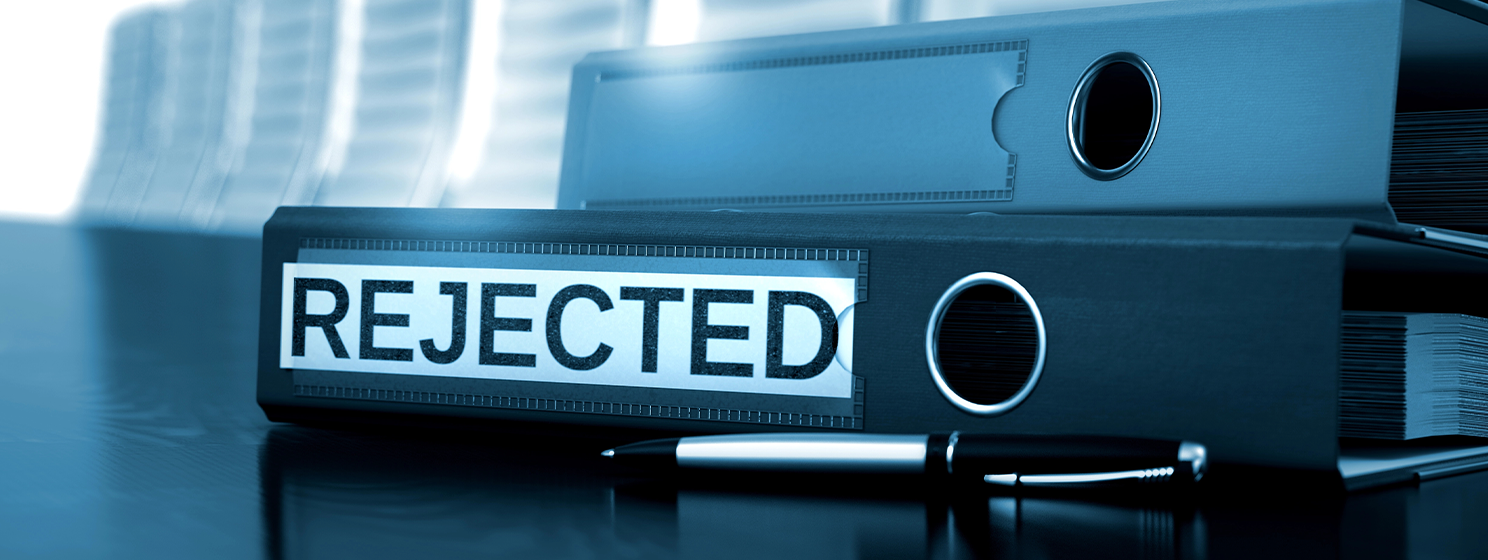|
Getting your Trinity Audio player ready...
|
Artificial intelligence (AI) in India is increasingly being perceived as a tool to boost the country’s economic growth, despite concerns about job losses and user harm that misinformation can create.
India, the world economy’s beacon of hope, recently approved more than $1.24 billion spread over the next five years for the IndiaAI Mission, with an aim to boost the country’s AI ecosystem, innovation, and entrepreneurship.
“We believe that AI represents a huge opportunity for India. We believe that it could represent an inflection point in the growth path of the Indian economy,” S Krishnan, Secretary at the Ministry of Electronics & Information Technology, said at an event last week.
“AI represents a horizontal technology which can enhance productivity to the extent that it can completely transform the way that the economy works and thereby present an opportunity for huge growth,” he said.
“Of course, there are big risks in terms of people losing jobs, in terms of the user harms that it may create, the misinformation, disinformation issues. All of those are also equal concerns but the opportunity is huge,” Krishnan added.
The opportunity is particularly huge for India, Krishnan said, as the South Asian nation is well placed in terms of readiness for human resources.
“Indian youth, who are well trained in STEM [science, technology, engineering, and mathematics], would be able to absorb a lot of the AI technology and would-be drivers of AI models [and] AI applications across the world, and that is an opportunity. I think many people believe that India would lead the AI charge and would take a frontline position,” Krishnan added.
However, India faces hurdles such as AI computing infrastructure. Many AI models built so far do not use Indian data adequately or have not been trained on Indian cultural sensibilities.
“So these are issues which we would still have to grapple with and make sure that we develop AI models which would work in the Indian context,” Krishnan said.
The greatest focus of the IndiaAI Mission, according to Krishnan, is creating more AI computing capacity of at least 10,000 GPUs [graphics processing units] for researchers, for educational institutions, and for businesses, especially for entrepreneurs and startups across the country.
“So there is a PPP [public-private partnership] effort which has to be made with regard to harnessing these 10,000 GPUs and enabling the buildout of a further AI compute facility in the country, which hopefully needs to take place in about 18 to 24 months for it to be really useful for India to catch the AI wave,” he said.
Krishnan’s statements come at a time when the world’s most populous nation is managing its seven-phased election, which started on April 19 and will continue until June 1. Touted as the biggest election in human history with about 970 million registered voters, the world’s fastest-growing major economy is using AI extensively for the first time for election campaigns and language translations. The world’s biggest democracy is estimated to spend over $50 million this year on AI-generated election campaign materials alone.
Prime Minister Narendra Modi, who is confident of winning a record third term this year, extending his 10-year rule by another five years, intends to use AI to achieve his Viksit Bharat (developed India) goal by 2047, leveraging emerging technologies like AI and blockchain as key catalysts for growth. Modi believes new technologies like AI and blockchain have completely changed banking methods, and as a result, the country may need new financing, operating, and business models.
India is also expected to release a draft regulatory framework for AI by July to use the technology for economic growth while setting up guardrails to prevent misuse.
“AI regulation is something which is evolving globally. The fact that we [India] are the chair for the global partnership on AI this year gives us that ringside view of what is happening in other jurisdictions,” Krishnan said.
“We have agencies like UNDP [United Nations Development Programme] and others also working with us to support us in what could be a readiness framework. So all of this is coming together, and I’m sure you will finally find a draft legislation which will meet most of these concerns, and there will be a process of consultation before it finally gets approved,” Krishnan added.
According to an Ernst & Young report, the Indian government recognizes the economic potential of AI. In line with the development of digital public infrastructure such as the India Stack, Aadhaar, UPI, etc., the government can consider developing Gen AI systems as Public Goods. The development of indigenous training data sets, especially for local Indian languages, will be very important. The government could ensure access to critical digital infrastructure (through roll-out of 5G, data center development, access to specialized chips and AI specific compute infrastructure), along with policies that cultivate and attract specialized talent.
In order for artificial intelligence (AI) to work right within the law and thrive in the face of growing challenges, it needs to integrate an enterprise blockchain system that ensures data input quality and ownership—allowing it to keep data safe while also guaranteeing the immutability of data. Check out CoinGeek’s coverage on this emerging tech to learn more why Enterprise blockchain will be the backbone of AI.
Watch The Web3 trifecta: AI, metaverse & blockchain

 12-10-2025
12-10-2025 





